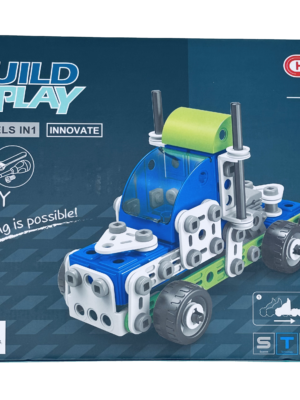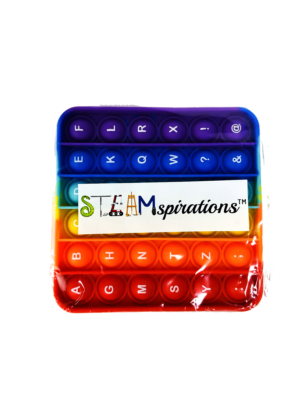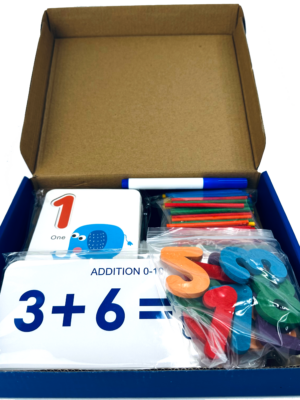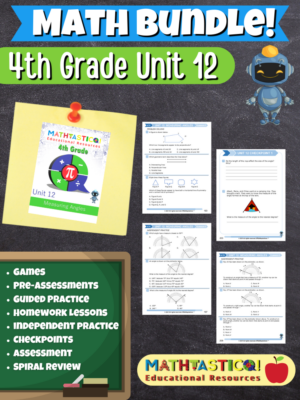- This set of color-coded wooden numbered fraction circles includes fractions of halves, thirds, fourths, fifths, sixths, eights, tenths, and twelfths
- Use the fraction circles to help students learn concretely what fractions are
- Have students decompose fractions into smaller parts and compare and order fractions.
- Fraction circles are an excellent way for students to be able to see the size of a fractional part and compare it with other fractions
Teaching fractions can be a challenge, even for the most experienced educators. Many children struggle to understand the concepts of fractions and often become discouraged or frustrated when trying to solve complex problems. As a teacher or parent, it’s essential to find effective tools to help children learn fractions in an engaging and enjoyable way. That’s where the Disc Fraction Board comes in – the one must-have tool for teaching fractions that’ll blow your mind!
I first discovered the Disc Fraction Board when I was struggling to teach fractions to a group of elementary school students. They just weren’t grasping the concepts, and I was at a loss for how to help them. That’s when a fellow teacher recommended the Disc Fraction Board, and I decided to give it a try.
Understanding the Disc Fraction Board:
The Disc Fraction Board is designed to help children understand fractions in an intuitive and interactive way. The board consists of a wooden base with ten rows of circles. Each row contains a set of wooden discs in various colors, representing different fractions, from one whole to one-tenth. The colors of the discs are coordinated with the Montessori color-coding system, which helps children quickly identify the fractions they represent.
The board is a versatile teaching tool that can be used for a variety of fraction-related activities. For example, you can use it to teach basic concepts such as identifying fractions, comparing fractions, and adding or subtracting fractions. You can also use it to teach more advanced concepts such as converting fractions to decimals or percentages.
The hands-on approach of the Disc Fraction Board encourages children to explore fractions in a tangible way, allowing them to develop a deeper understanding of the concepts. For example, children can physically move the discs around the board to see how they can be combined to create larger or smaller fractions. This type of physical manipulation helps children build a strong foundation in fractions that will serve them well as they progress through more advanced math concepts.
One of the unique features of the Disc Fraction Board is its ability to help children see how fractions are related to each other. Because the different colors of the discs represent different fractions, children can easily see how fractions can be broken down into smaller parts. This understanding is essential for mastering more advanced math concepts such as algebra and geometry.
The Disc Fraction Board is also an excellent tool for promoting collaboration and communication among students. Children can work together to solve fraction-related puzzles or problems, which encourages them to share their ideas and work collaboratively to find solutions.
Benefits of the Disc Fraction Board:
The Disc Fraction Board offers many benefits for students who are learning fractions. Some of these benefits include:
Improved Understanding of Fractions: The Disc Fraction Board helps students visualize fractions and understand how they relate to one another. This makes it easier for them to grasp complex concepts such as equivalent fractions and mixed numbers.
Hands-on Learning: The Disc Fraction Board provides a hands-on learning experience that engages students and helps them stay focused on the task at hand. This approach is particularly effective for students who learn best through tactile or kinesthetic experiences.
Enhanced Problem-Solving Skills: The Disc Fraction Board presents students with a variety of fraction-related puzzles and problems that challenge them to think critically and develop their problem-solving skills. These skills are essential for success in math and many other academic subjects.
Increased Confidence: As students use the Disc Fraction Board to solve problems and master new skills, they gain confidence in their mathematical abilities. This confidence can translate into better performance in math and other academic subjects.
Improved Hand-Eye Coordination: The Disc Fraction Board requires students to manipulate small wooden discs, which can help improve their hand-eye coordination and fine motor skills.
Using the Disc Fraction Board at Home:
The Disc Fraction Board is not just for classroom use; it is also a great tool for parents to use at home with their children. One of the best things about the board is that it is fun and easy to use, so children will enjoy learning and playing with it.
Parents can use the Disc Fraction Board to introduce their children to the concept of fractions and help them develop their math skills. Even if you are not a math expert, the board is simple to use and comes with instructions that explain how to use it effectively.
To get started, parents can use the board to teach their children basic concepts such as identifying fractions and comparing them. For example, you can ask your child to find all the discs that represent one-half and place them in a row. Then, you can ask your child to find all the discs that represent one-third and place them in another row. This activity will help your child understand the relationship between different fractions and how they can be compared.
Parents can also use the board to help their children learn how to add and subtract fractions. For example, you can ask your child to find two discs that represent one-fourth and two discs that represent one-sixth. Then, you can ask your child to add them together and find the total. This activity will help your child understand how fractions can be combined and how to find common denominators.
In addition to teaching math skills, the Disc Fraction Board is also a great tool for promoting critical thinking and problem-solving skills. Parents can give their children fraction-related puzzles or problems to solve, which will encourage them to think creatively and develop their problem-solving skills.











Reviews
There are no reviews yet.